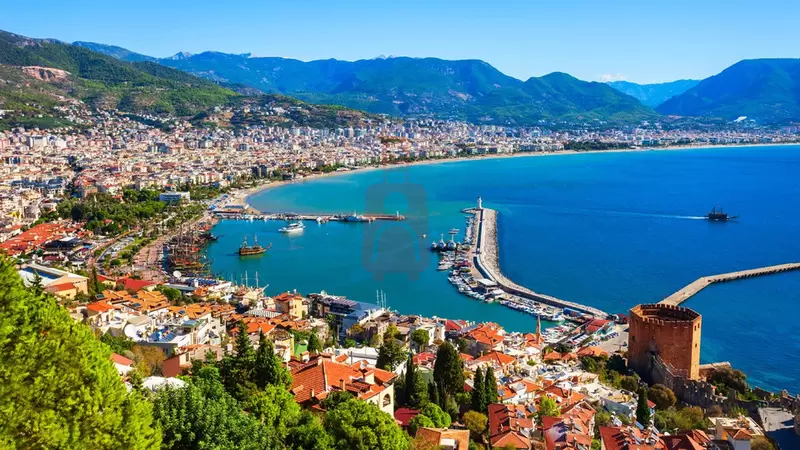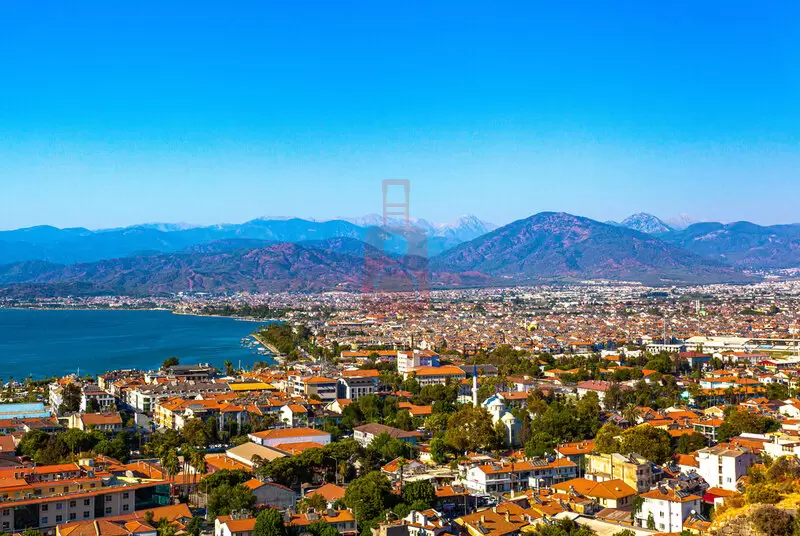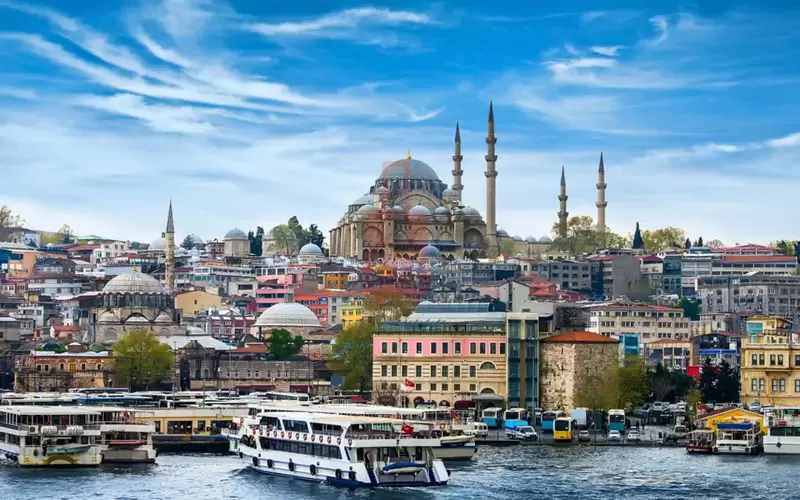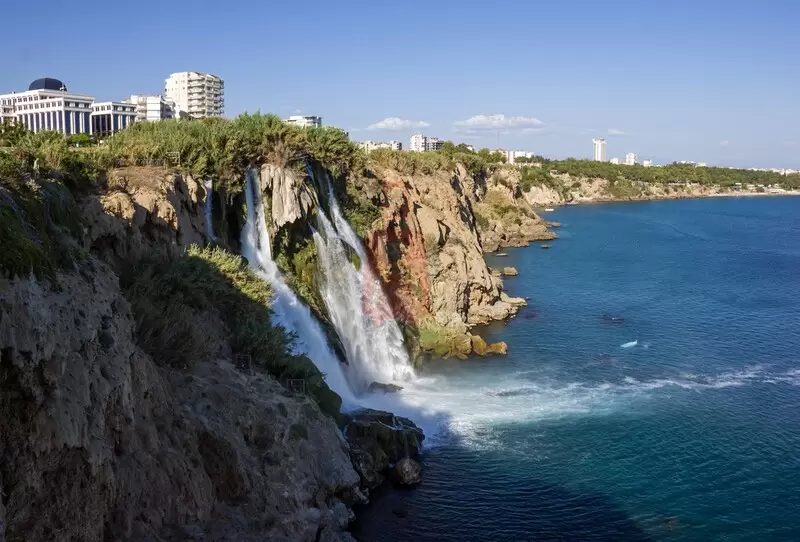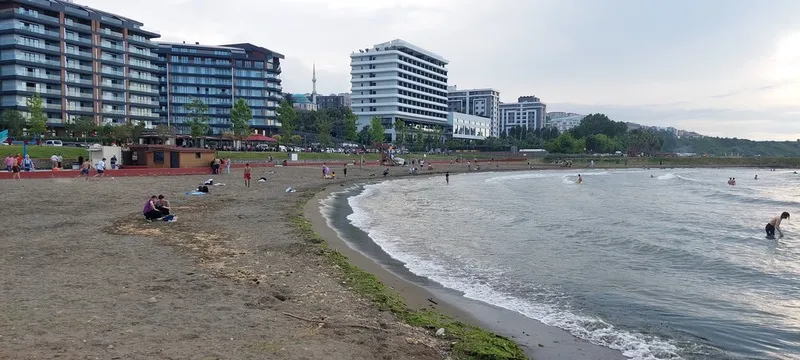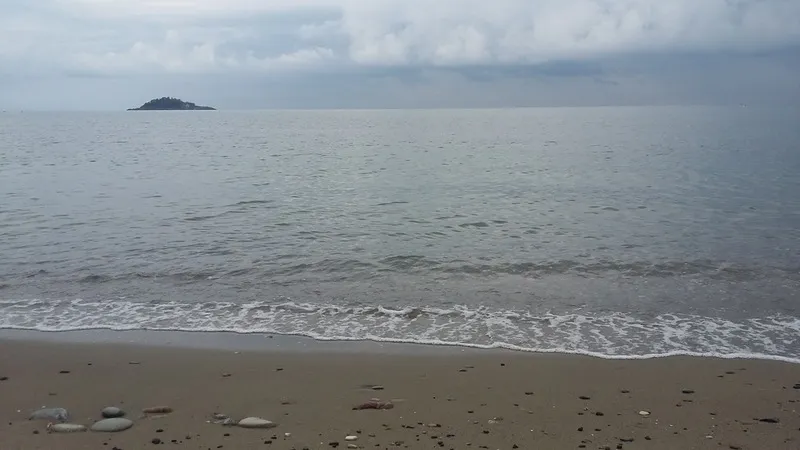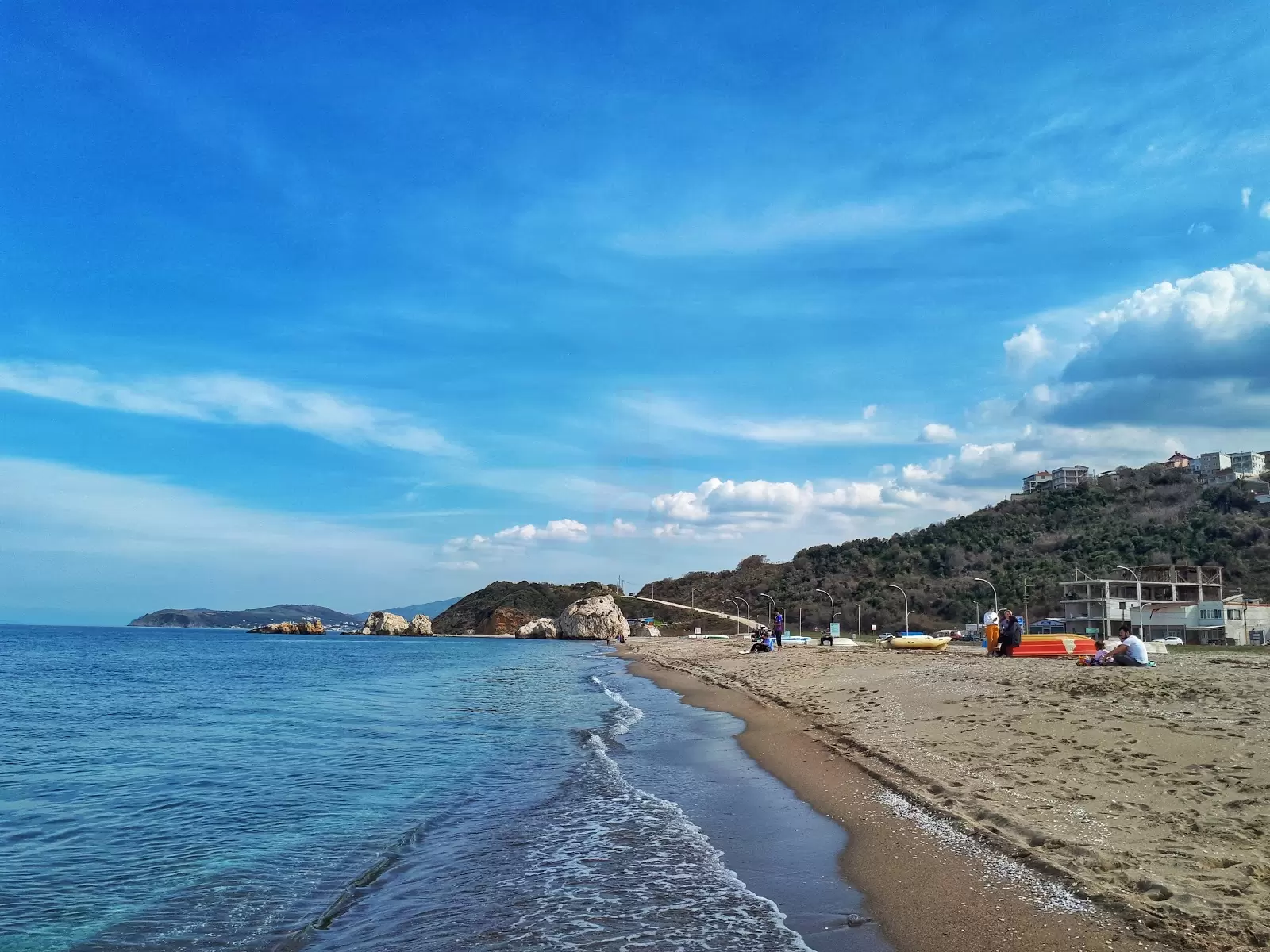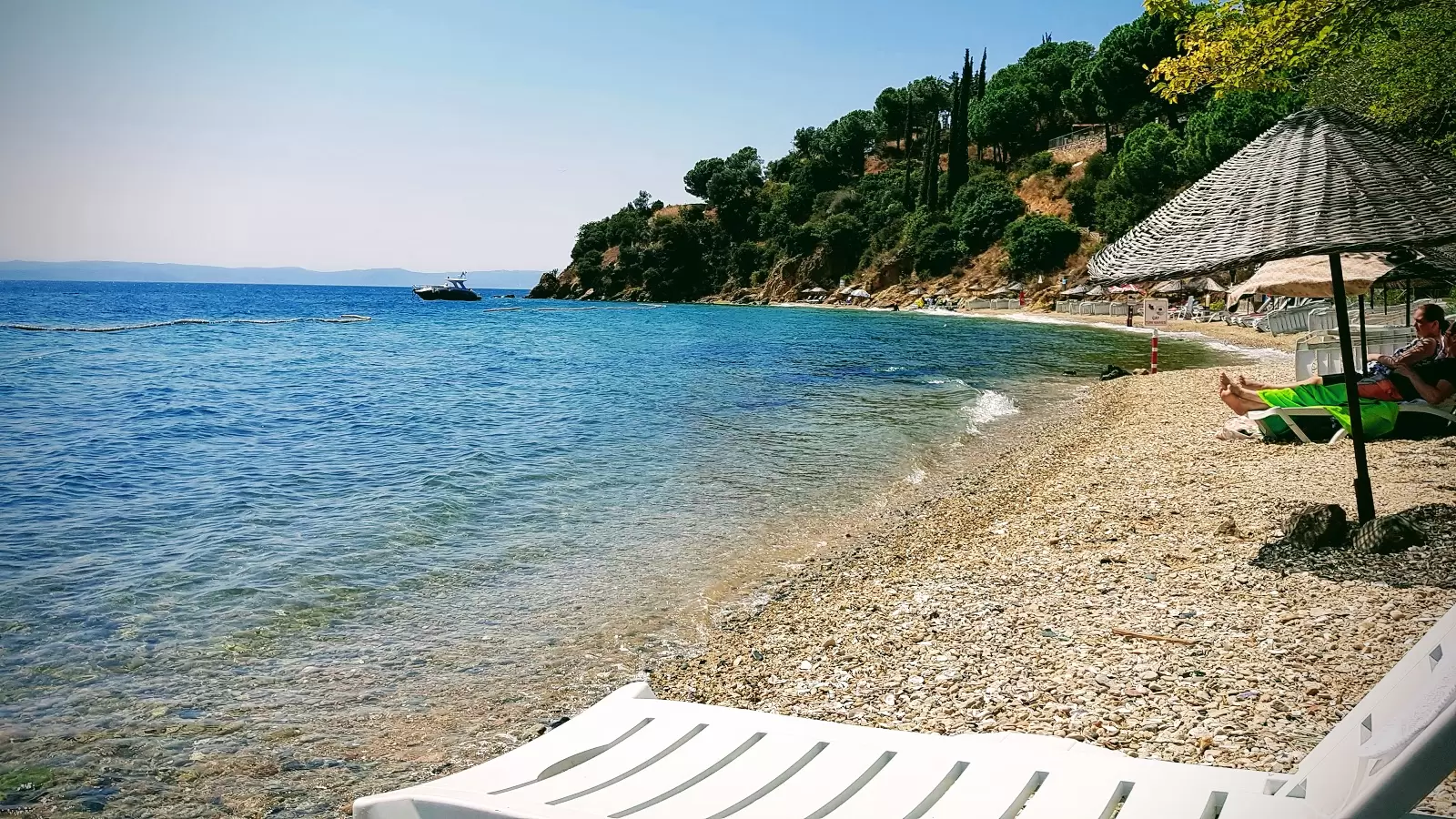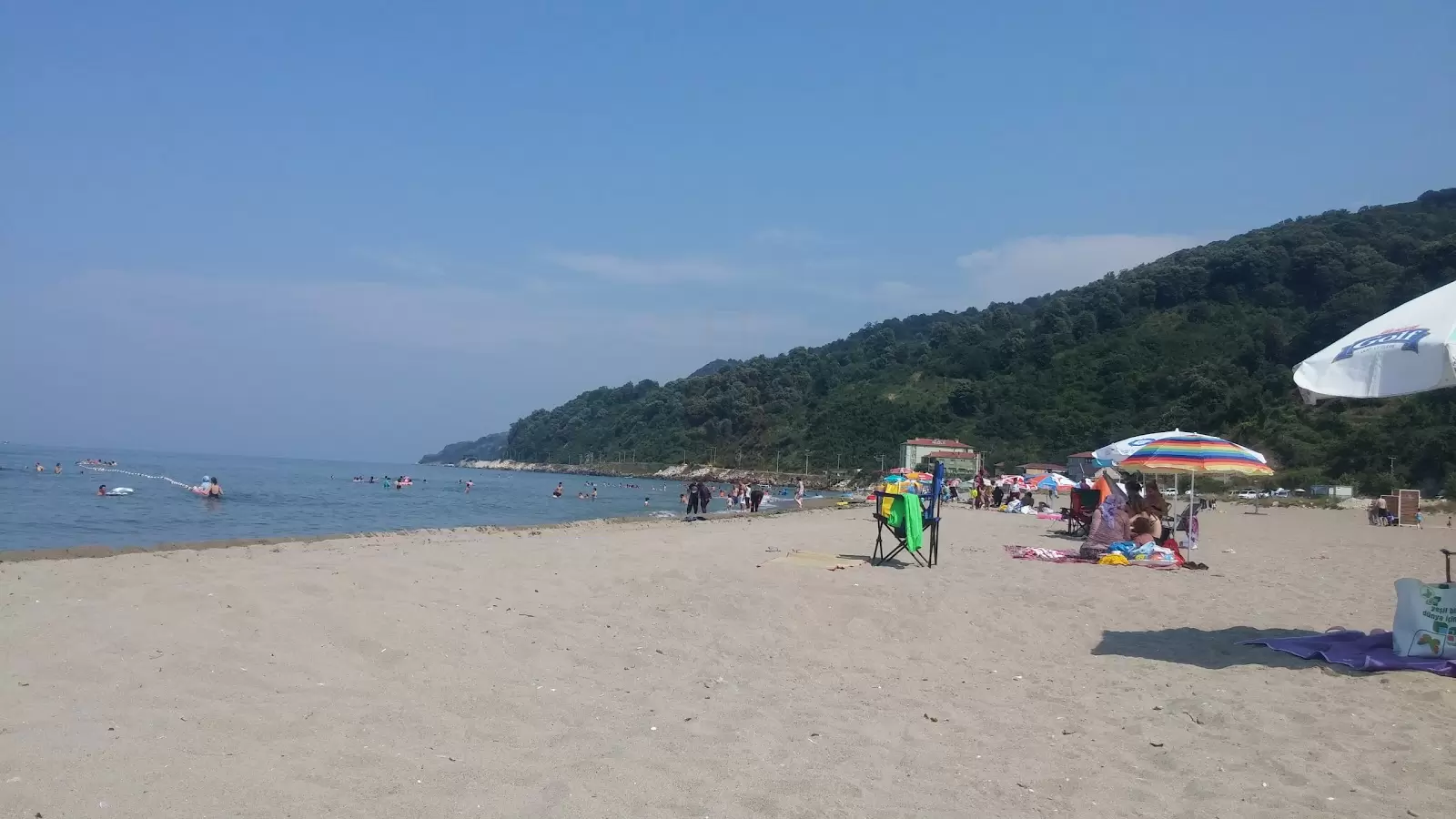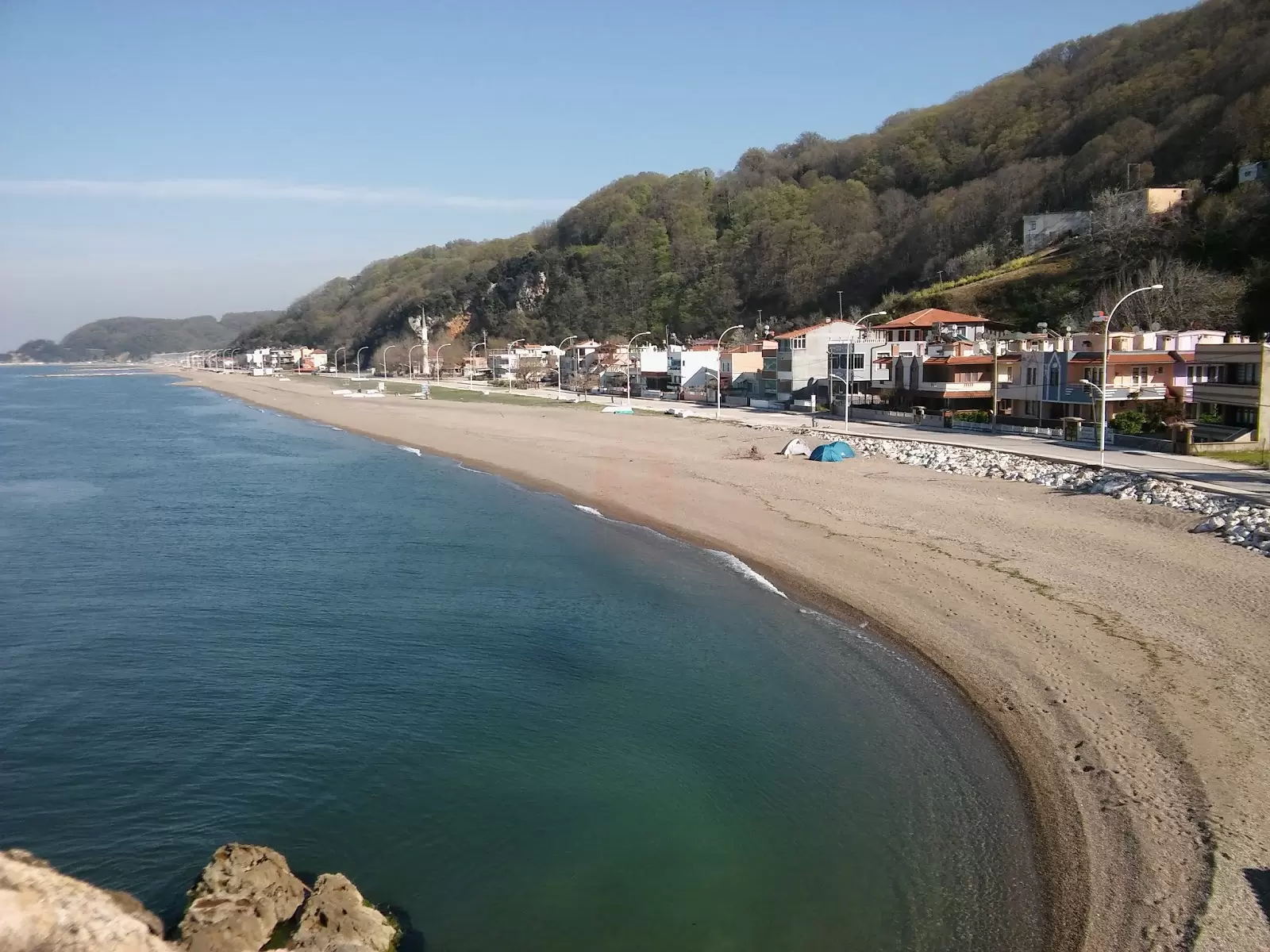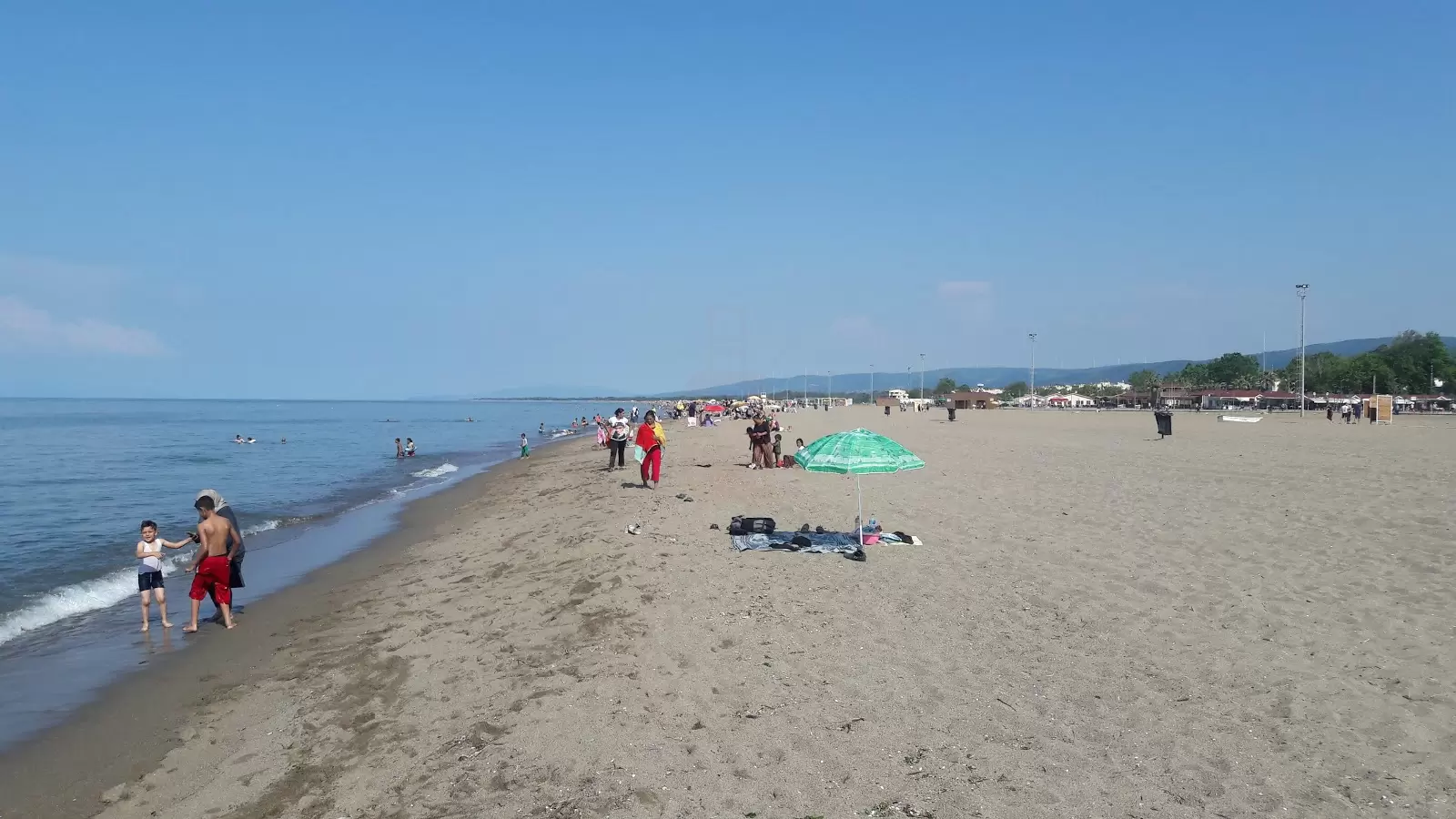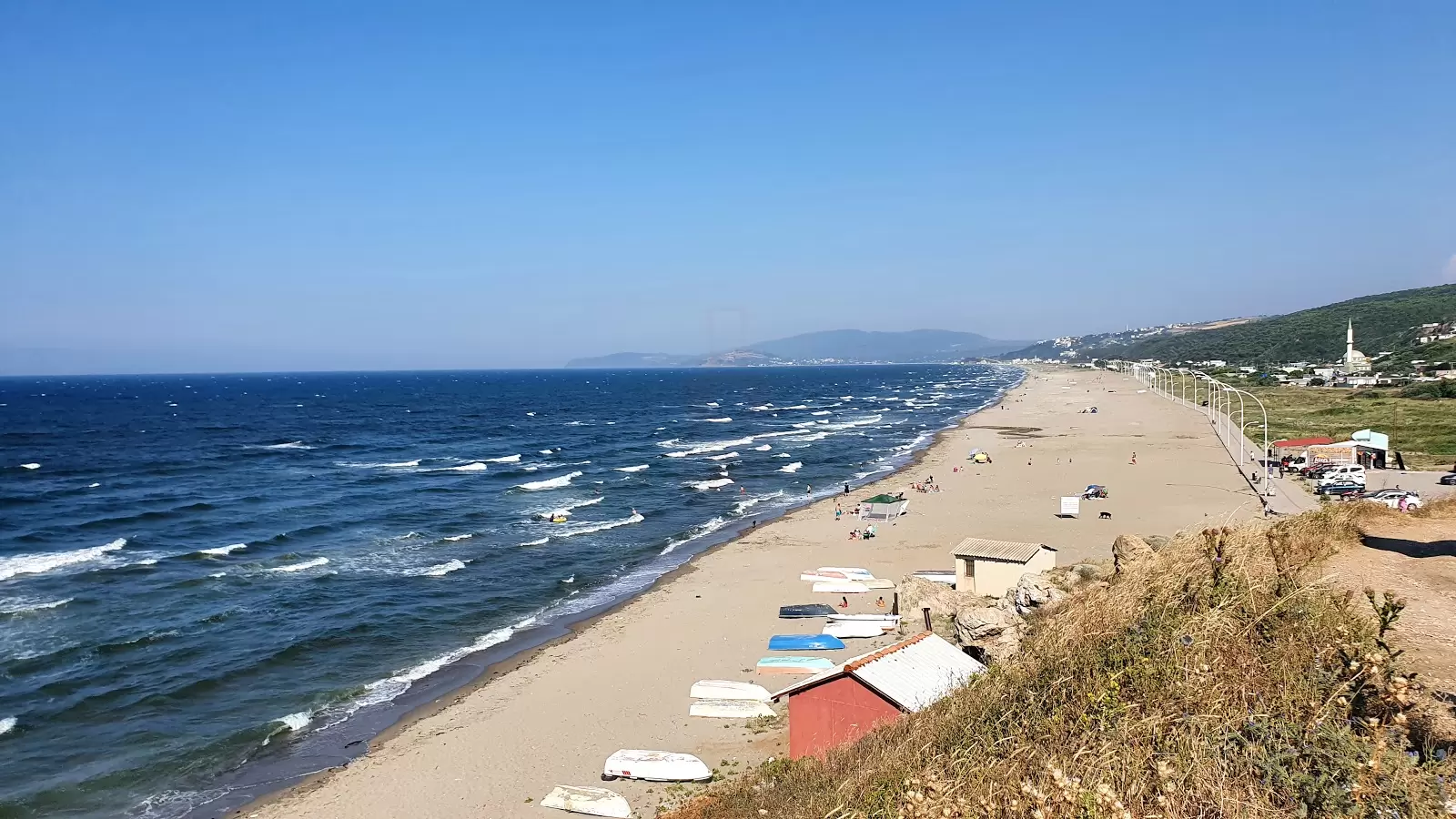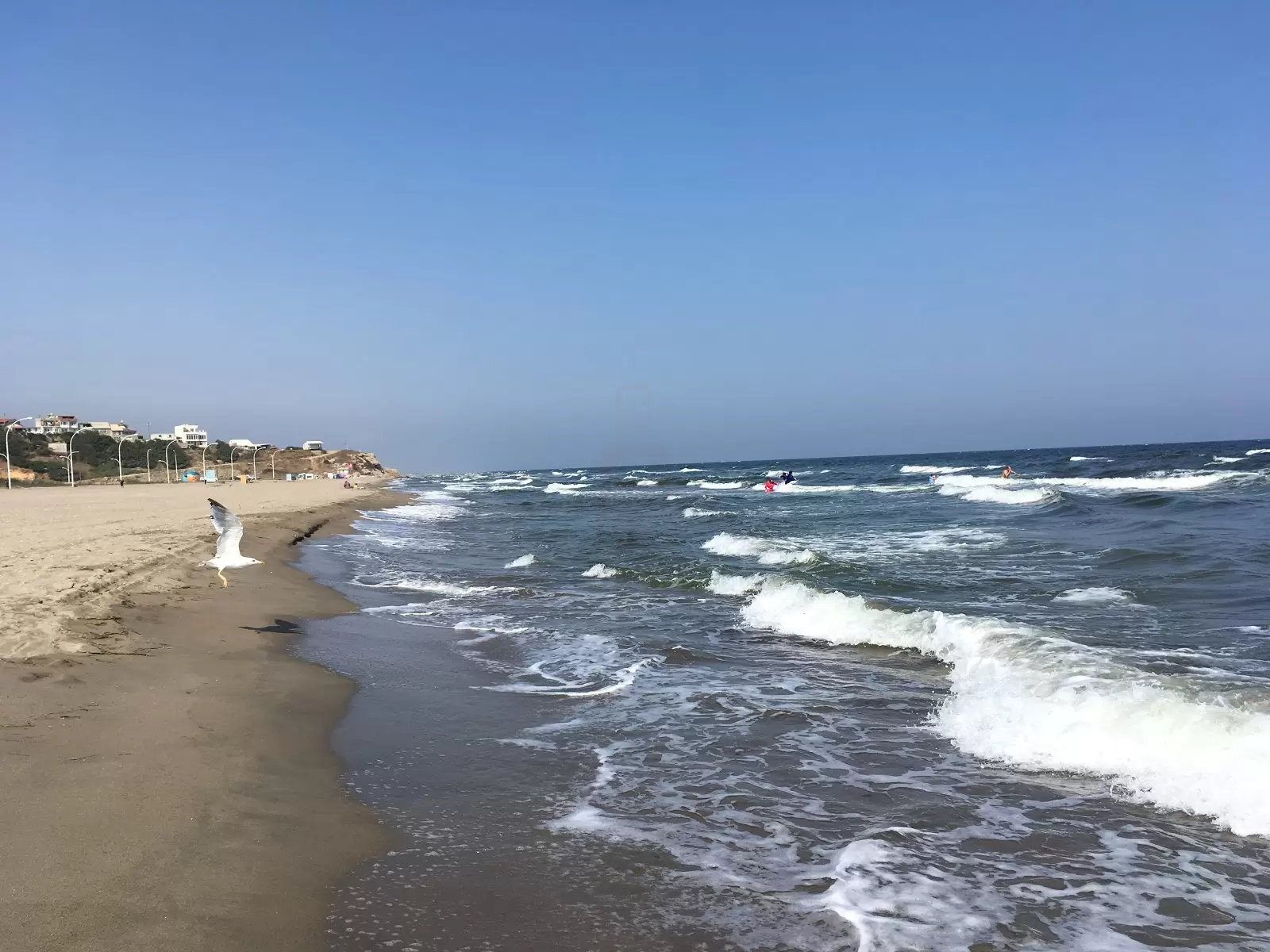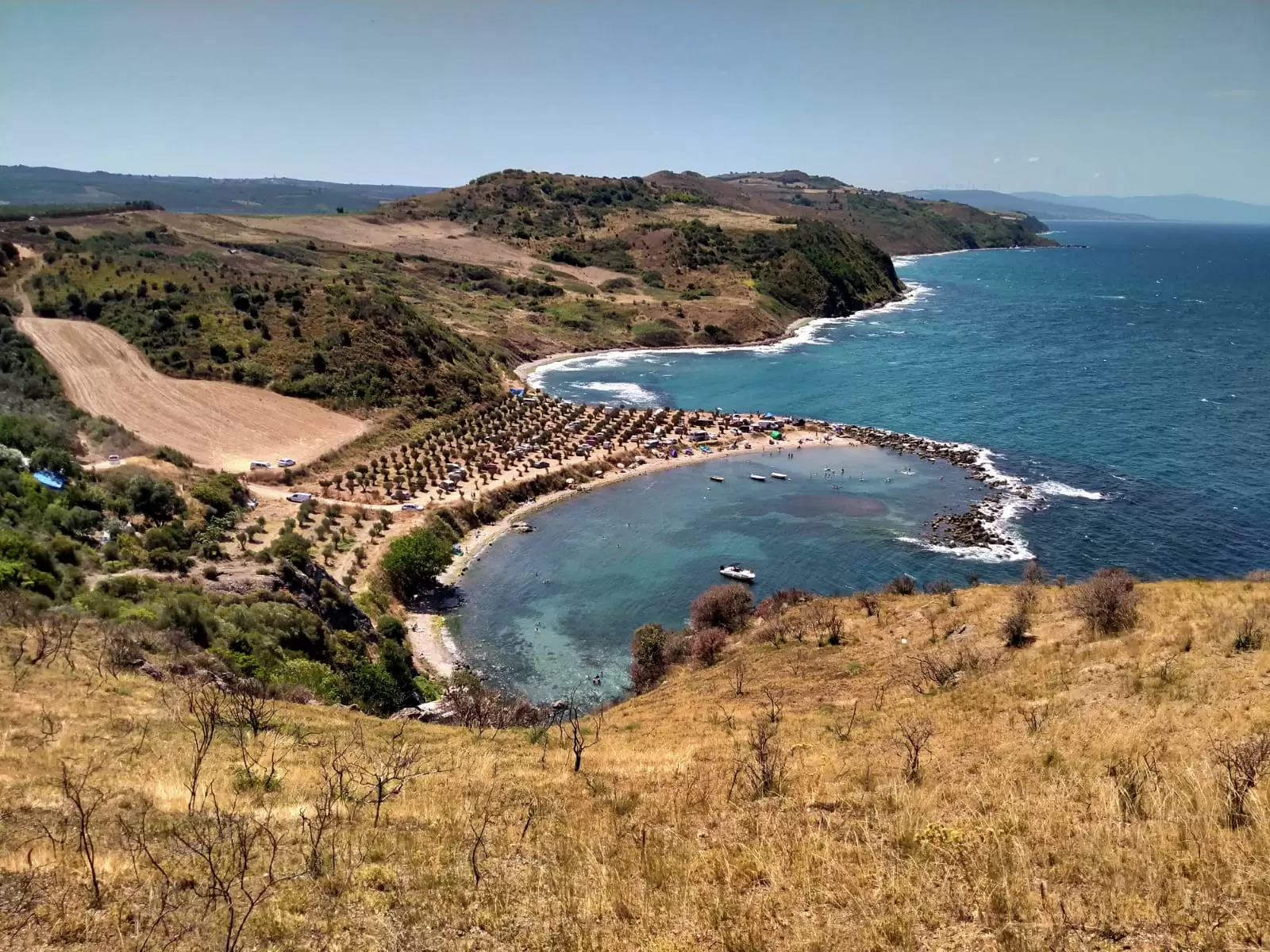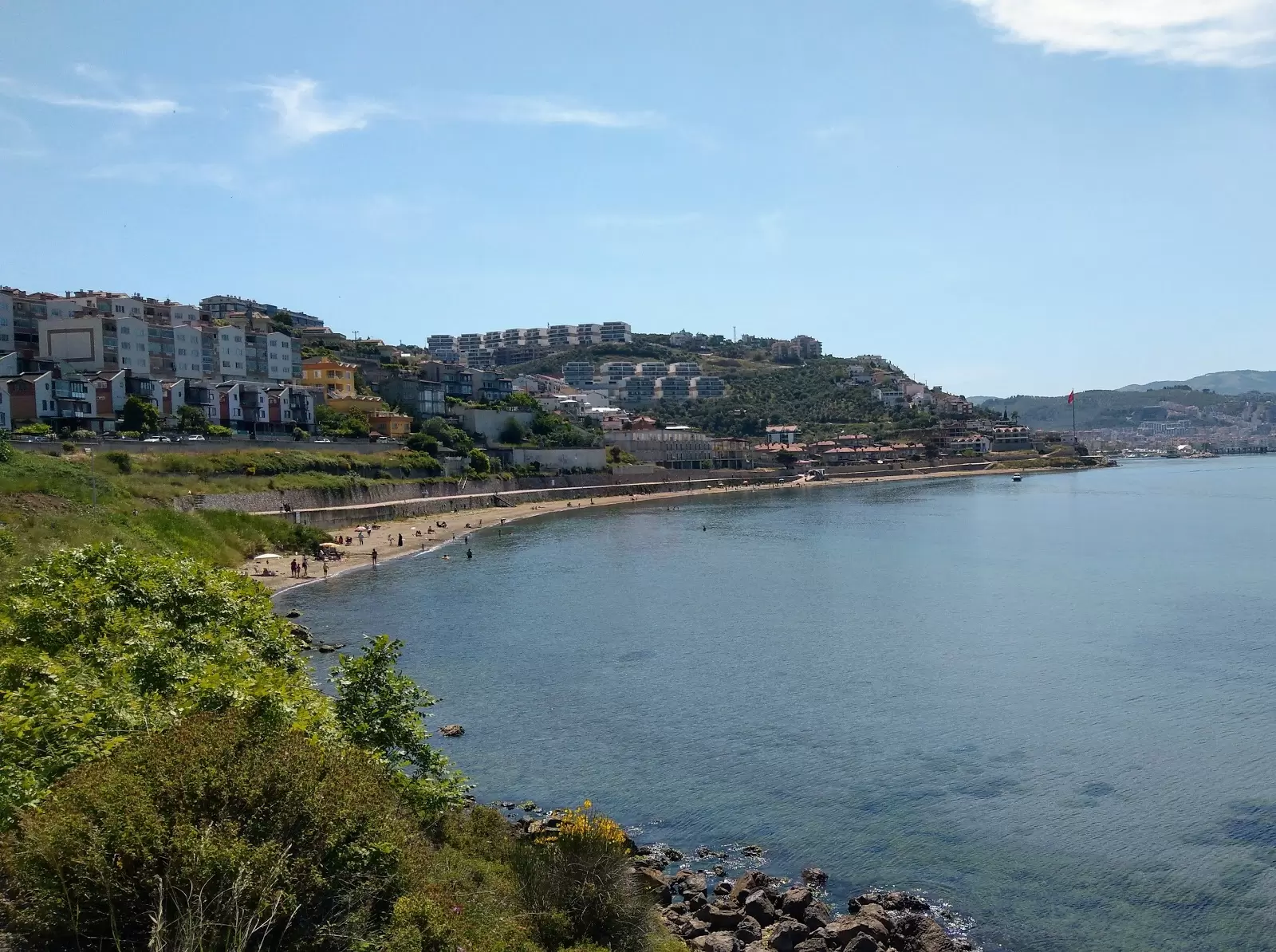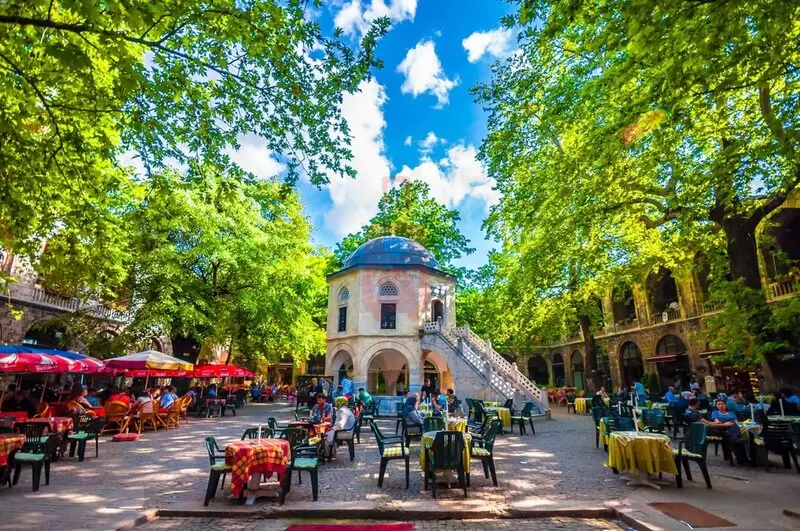
Bursa is renowned for producing local delicacies like Bursa içli köfte meatballs and kestane şekeri chestnut candy. Visitors can sample these alongside regional specialties in lively pedestrian streets or tea gardens.
Ski resorts located just 1-2 hours away in Mount Uludağ National Park attract winter sports enthusiasts. Bursa's metropolitan amenities, cultural treasures and proximity to Istanbul make it a popular destination year-round. Well-connected by highways and train lines, accommodation ranges from boutique hotels to pensions.
-
Transportation: Bursa is easily accessible from Istanbul, as it is located just across the Sea of Marmara. The nearest international airport is Sabiha Gökçen International Airport (SAW) in Istanbul. From Istanbul, you can reach Bursa by ferry, which offers a scenic journey across the sea. Alternatively, you can travel by bus or car via the Osmangazi Bridge, which connects the two cities. Bursa also has its own airport, Yenişehir Airport (YEI), which operates domestic flights.
-
Climate: Bursa has a mild, Mediterranean climate with hot summers and cool, wet winters. The best time to visit Bursa is during the spring (April to June) and autumn (September to November) when the weather is pleasant and suitable for outdoor activities.
-
Attractions: Bursa is renowned for its historical sites, unique architecture, and stunning landscapes. Here are some popular places to visit in Bursa:
-
Bursa Grand Mosque (Ulu Cami): This grand mosque is one of the most significant landmarks in Bursa. It showcases impressive Ottoman architecture and houses beautiful calligraphy and intricate ceramic decorations.
-
Bursa Citadel: Located in the old town district, the Bursa Citadel offers a glimpse into the city's medieval past. Visitors can explore the ancient walls, towers, and gates, which provide panoramic views of the surrounding area.
-
Koza Han: Built during the 15th century, Koza Han is a historical market and commercial center. It is known for its traditional silk production and offers a vibrant atmosphere with shops, cafes, and cultural events.
-
Mount Uludağ: Situated just outside the city, Mount Uludağ is a popular destination for outdoor enthusiasts. It offers opportunities for skiing, hiking, and enjoying breathtaking views of the surrounding landscapes. In winter, it transforms into a ski resort with well-equipped facilities.
-
-
Local Cuisine: Bursa is famous for its diverse and delicious cuisine. Some must-try dishes include "İskender Kebap" (sliced lamb or beef over bread with tomato sauce and yogurt), "Kestane Kebabı" (chestnut kebab), "Manti" (Turkish dumplings), and "İnegöl Köfte" (spiced meatballs). Don't forget to sample the region's famous desserts, such as "Künefe" and "İrmik Helvası." Bursa is also known for its traditional Turkish tea and "İncirli Şeker" (fig-flavored candy).
-
Accommodation: Bursa offers a range of accommodation options, including luxury hotels, boutique accommodations, and budget-friendly guesthouses. Most hotels are located in the city center and provide easy access to major attractions.
As always, it's advisable to check the latest travel advisories and guidelines before your trip, as they may change. Enjoy your visit to Bursa and explore its fascinating history, architecture, and natural wonders!
